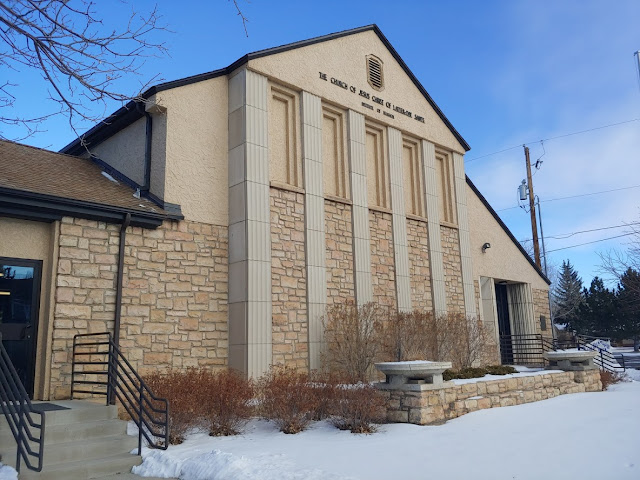The first seminary was established at Granite High School in Salt Lake City. It hasn't been standing for decades, but they actually did salvage a brick from this building and put it in a case in the entryway of the seminary building that replaced it (at 3328 S 500 E in Salt Lake). Now that Granite High School is closed, the building is used for offices only, I believe.
Few other historic seminary buildings exist; most have been replaced. A few have been sold or repurposed. One prominent example is the original seminary building for Springville High School, which is now a family history center. I believe it dates to about 1912.
Another example is the Bear River Seminary (located in Garland, Utah), which has been sold and is used as an academy. It was built in 1924:
 |
| (Image Source) |
A reader alerted me to the old seminary building in Vernal, Utah. It was built in 1937. The Church now uses it as a distribution center:
There are a few others I'm aware of, such as at Grace and Paris, Idaho. You just don't see very many historic seminaries and institutes; they weren't built in as big of numbers as meetinghouses or tabernacles.












